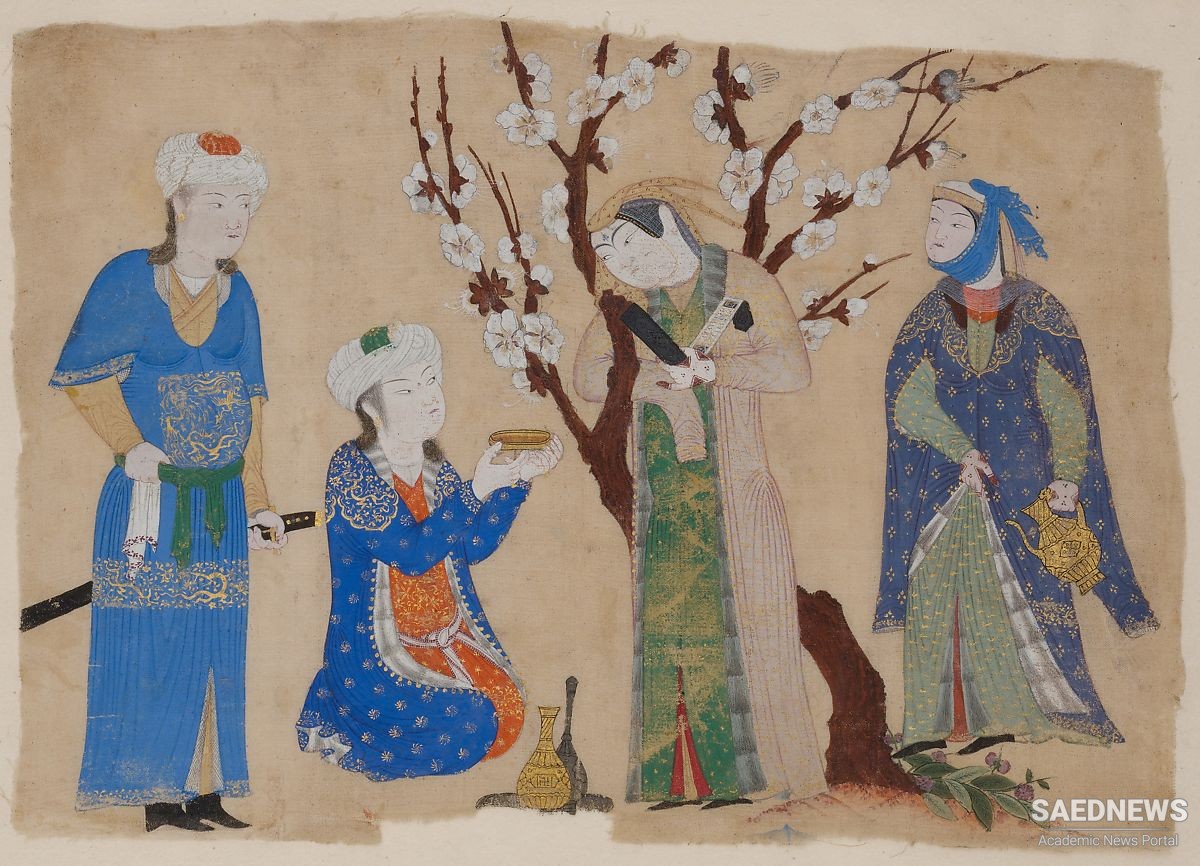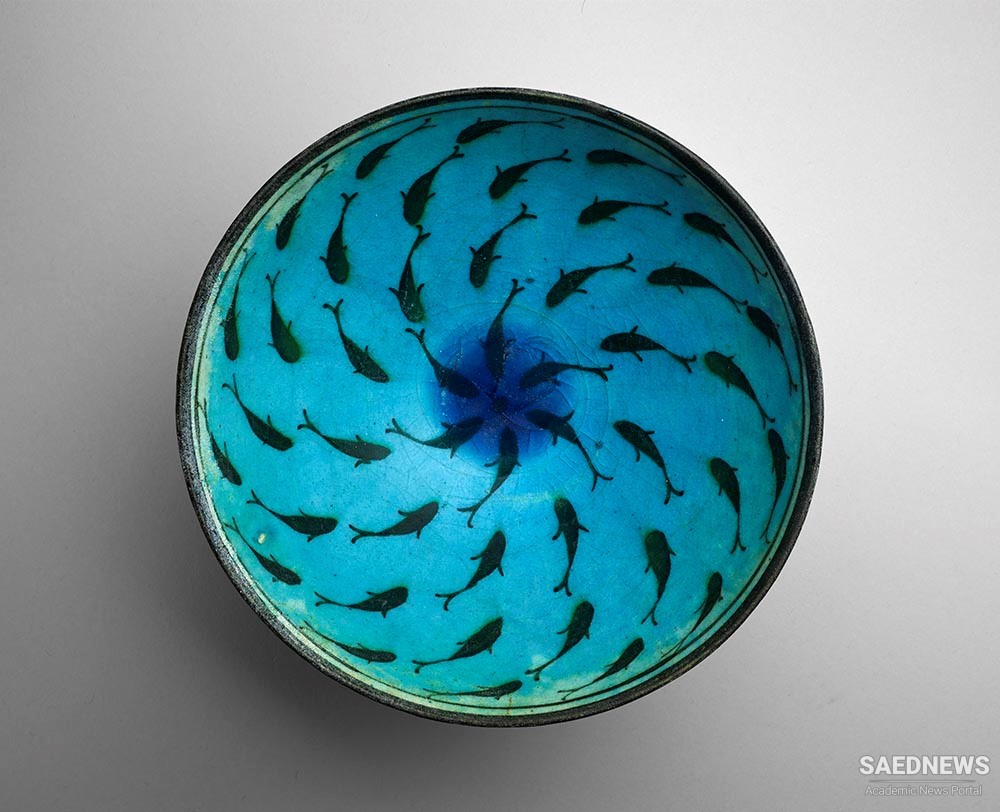From the seventh century onwards, pieces that can be said with certainty to be sacred vessels become rare. Only the production of ‘animal dishes’ was being maintained and, in these, late Sasanid artistic development continued without much of a break. It seems surprising that the items copied most frequently were not dishes from the sixth and seventh centuries but those from the third and fourth centuries, but this was probably due to the greater numbers as well as the simpler compositional style of these early pieces. However,the continuation of Sasanid tradition must be of some cultural significance in itself, and consequently the copying of older patterns should be seen as a distinctive characteristic. It is probable that the great men of the time when the empire was founded took an interest in the artists who re-created these pieces. This would indicate national motifs, and must be seen as connected to the telling and re-telling of heroic legends, which was a tradition especially among the Khurasani gentry. This, indeed, is the very class who kept this national artistic tradition alive and even at that time a hunting dish required a patron or customer from these circles (Source: Iran in Early Islamic Period).



 Persian Cultural Notion of Islam: Absolute Orientationism
Persian Cultural Notion of Islam: Absolute Orientationism














































